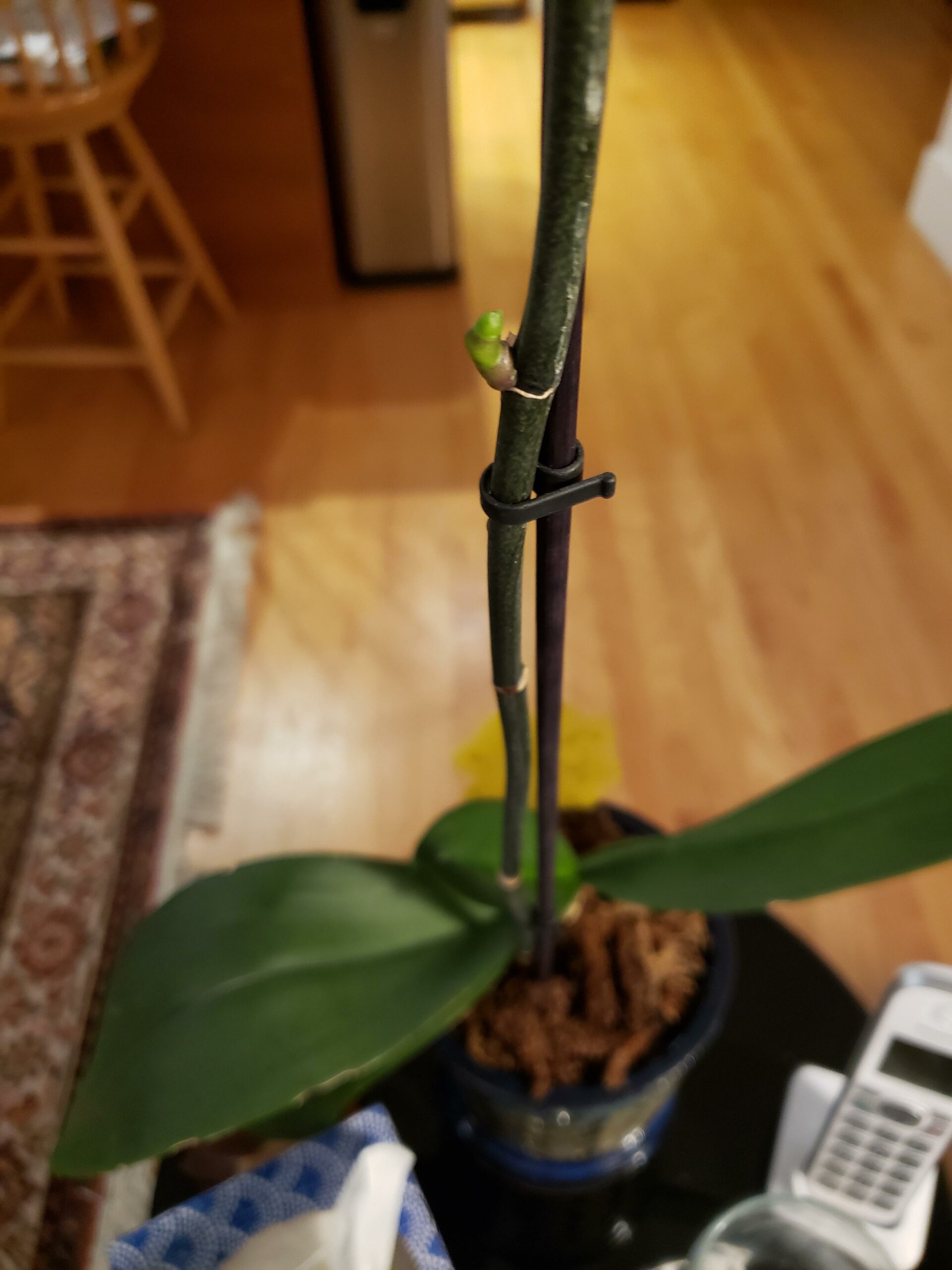Welcome to our guide on orchid blooming frequency! If you’re a proud orchid owner, you may be wondering “how often do orchids bloom?” Well, you’ve come to the right place. In this article, we will explore the factors that affect orchid blooming and provide tips on how to encourage frequent blooms. So, let’s dive in and uncover the secrets to keeping your orchids blooming beautifully all year round!
How Often Do Orchids Bloom? A Complete Guide to Orchid Blooming Cycles

Orchids are a popular choice among plant enthusiasts due to their exotic and elegant appearance. One of the most common questions asked by beginners and experienced growers alike is, “How often do orchids bloom?” The answer to this question is not as straightforward as one might think. Orchids have a unique blooming cycle that varies depending on the species, environmental conditions, and care given to the plant. In this guide, we will explore the different factors that influence orchid blooming, as well as the typical blooming cycles of various orchid species.
Factors Affecting Orchid Blooming
Before we delve into the blooming cycles of orchids, it is essential to understand the various factors that can affect their blooming. These factors include light, temperature, humidity, fertilization, and potting.
Light: Orchids require a specific amount of light to bloom. While some species thrive in bright, indirect light, others prefer lower light conditions. Insufficient light can result in a lack of blooming, while too much light can cause the orchid’s leaves to burn.
Temperature: Orchids are sensitive to temperature changes, and different species have different temperature requirements. In general, most orchids prefer a temperature range between 65-85°F during the day and a slightly cooler temperature at night. If the temperature is too high or too low, the orchid may not bloom.
Humidity: Orchids are native to tropical and subtropical regions, where humidity levels are high. To replicate their natural environment, orchids require humidity levels between 50-70%. Low humidity can cause the orchid’s leaves to dry out, resulting in a lack of blooming.
Fertilization: Proper fertilization is crucial for orchids to bloom. Improper or excessive fertilization can lead to nutrient deficiencies or burn the plant’s roots, affecting its blooming cycle.
Potting: Orchids grow in a unique potting medium, such as bark, sphagnum moss, or a mix of both. The potting medium provides essential nutrients and aeration to the plant. If the potting medium is too old or compacted, it can affect the orchid’s ability to absorb nutrients, resulting in a lack of blooming.
Now that we understand the factors that can influence orchid blooming let’s explore the typical blooming cycles of various orchid species.
Typical Blooming Cycles of Orchid Species
Orchids are divided into two main categories based on their blooming habits: monopodial and sympodial.
Monopodial Orchids: Monopodial orchids have a single stem that grows upwards, with leaves arranged in an alternating pattern. These orchids bloom from the top of the stem, with new flowers appearing as the plant continues to grow.
Phalaenopsis: Phalaenopsis orchids are one of the most popular orchid species due to their long-lasting, showy blooms. They typically bloom once a year, with each bloom lasting 2-3 months. With proper care, a single Phalaenopsis orchid can bloom multiple times a year.
Vanda: Vanda orchids have large, vibrant flowers and can bloom up to three times a year, with each bloom lasting around 4-6 weeks.
Sympodial Orchids: Sympodial orchids have multiple stems that grow horizontally, with leaves arranged in a fan-like pattern. These orchids bloom from the base of the stems, withIn conclusion, it is important to note that orchids are known for their beautiful and delicate blooms. However, the frequency of these blooms can vary depending on the type of orchid and its growing conditions. With proper care and the right environment, orchids can bloom multiple times a year, adding a touch of elegance to any space. By understanding how often orchids bloom and providing them with the necessary care, you can enjoy their stunning flowers on a regular basis. So, whether you are a beginner or an experienced gardener, make sure to research the specific needs of your orchid to help it thrive and bloom to its full potential. Keep in mind that each orchid is unique and may require different care, so be patient and observe your plant closely to ensure it blooms successfully. Happy gardening!